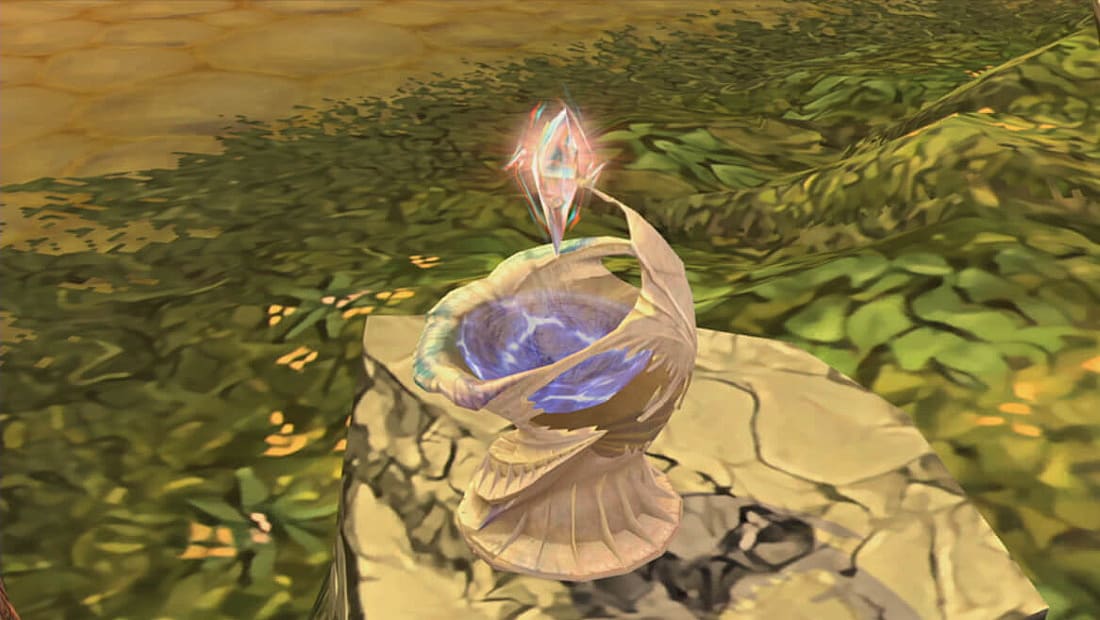

- #Prank me not final review how to
- #Prank me not final review plus
- #Prank me not final review professional
We found the link between humor and status to be so powerful that merely prompting individuals to recall a humorous exchange with a coworker shifted their perceptions of the coworker’s status.

In the same research project, we ran an experiment in which we asked people to recall moments when a colleague was funny. As we saw in the Swiss advertising study (conducted with our colleague Maurice Schweitzer of the Wharton School), individuals who make funny and appropriate jokes are more likely to be nominated for leadership positions by their peers. People in lower ranks who wield them well can climb the status hierarchy in their departments and organizations. Humor and laughter are intricately tied to status and power.
#Prank me not final review how to
In this article, we offer guidance on how to use specific types of humor to become a more effective leader-and how to avoid being the cautionary tale at your company’s next HR training seminar. One good laugh-or better still, a workplace that encourages levity-builds cohesion. They can lower status and in extreme cases cost people their jobs.
#Prank me not final review professional
However, jokes that fall flat (they’re not funny, or no one laughs) or are offensive (they’re viewed as inappropriate for the context) can harm professional standing by making a joke teller appear less intelligent and less competent. It also influences critical behaviors and attitudes that matter to leadership effectiveness, including employee job performance, job satisfaction, organizational commitment, citizenship behaviors, creativity, psychological safety in groups, and desire to interact again in the future. Research by us and others has shown that humor can influence and reinforce status hierarchies in groups, build interpersonal trust and high-quality work relationships, and fundamentally shape the way people perceive one another’s confidence, competence, warmth, and clarity of communication. But these numbers can (and should) be larger. Analysis of large sets of workplace communications suggests that humor occurs in at least 10% of emails and is slightly more likely to be used by leaders in face-to-face interactions. One good laugh-or better still, a workplace culture that encourages levity-facilitates interpersonal communication and builds social cohesion. In fact, it’s a powerful tool that some people use instinctively but more could wield purposefully. We tend to view humor as an ancillary leadership behavior. Ask your colleagues what characteristics they value in a friend or a romantic partner, and they are likely to tell you (among other things), “a sense of humor,” “someone who makes me laugh,” or “someone who laughs at my jokes.” But ask the same people what traits they value in a leader, and odds are that humor will not top the list. This finding may not be surprising-many of us intuit that humor matters. That’s not a bad payoff for one barely funny attempt at humor. The jokey presenter was also more likely to be voted as the leader for subsequent group tasks. Participants who heard the second presenter make the joke rated him as more confident and more competent than those who heard his joke-free delivery.

But we used it to test a simple question: Can one joke make a meaningful difference in how people are viewed by others? In our study, the answer was unequivocally yes.

In half the presentations he said, “The mountains are great for skiing and hiking! It’s amazing!” In the other half, he added a pun: “The mountains are great for skiing and hiking, and the flag is a big plus! Seriously, it’s amazing!”Īdmittedly, that isn’t the world’s funniest joke. The scenery is truly breathtaking!” The second presenter alternated his approach. The first presenter offered a straightforward statement extolling Switzerland: “The country is beautiful. In each presentation, we had two people (who were working with us) share first, using scripts we’d written for them.
#Prank me not final review plus
We put the participants into small groups and showed them a photo-a Swiss landscape of a lake, a mountain, and the country’s distinctive flag with its white plus sign against a red background-accompanied by the question: “What made you fall in love with Switzerland?” We gave participants three minutes to come up with a memorable answer and then had them share their ideas with their groups. A few years ago, we conducted a research study in which we asked people to help us create an ad campaign for a travel service called VisitSwitzerland.ch (which we’d made up).


 0 kommentar(er)
0 kommentar(er)
